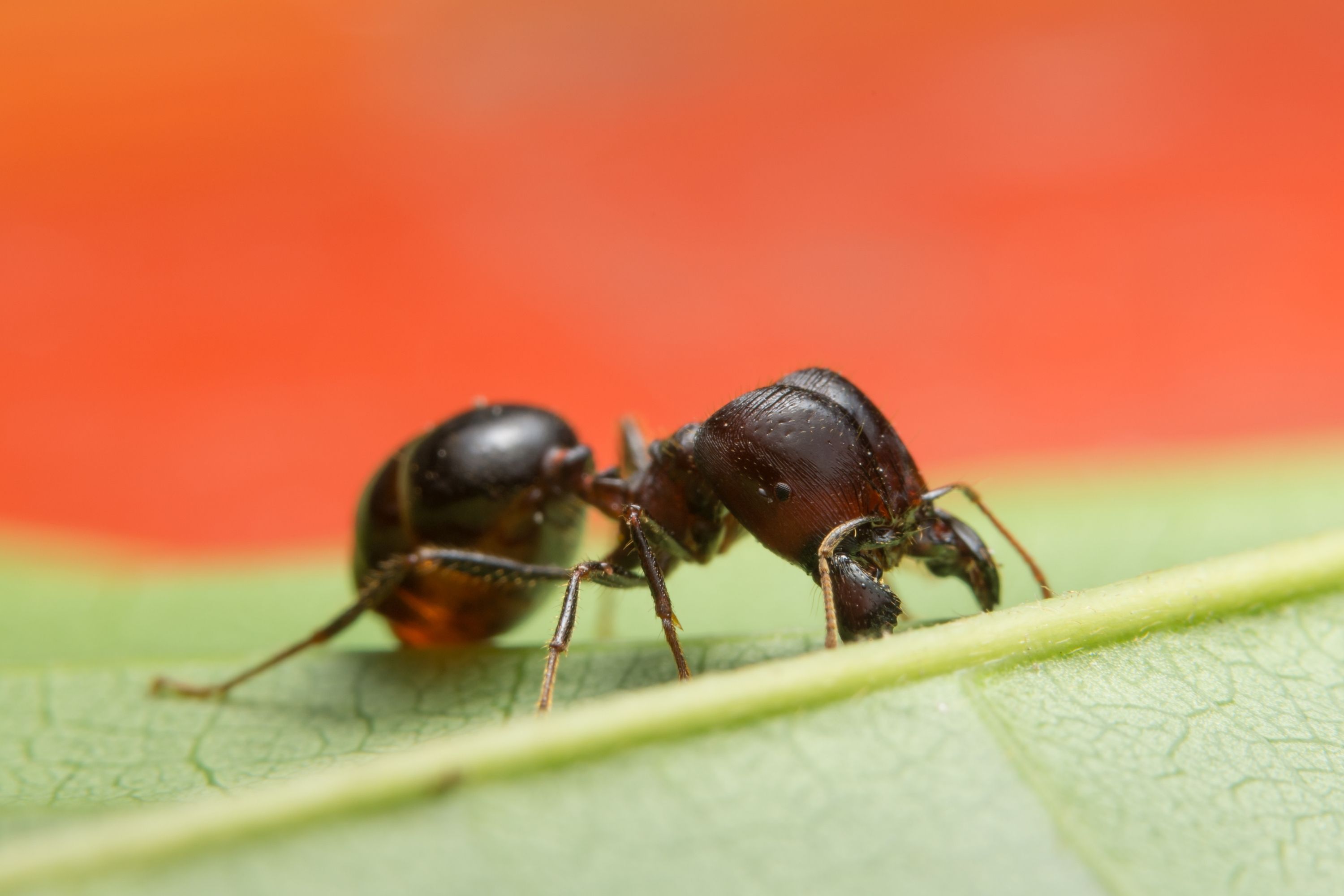Pheidole bicarinata
(Pheidole bicarinata)

Description
Pheidole bicarinata is a species of ant in the genus Pheidole. It is distributed across United States, from Nebraska, Colorado, Texas, Utah and Nevada, east to New Jersey and Florida. Pheidole is a genus of ants that belongs to the ant subfamily Myrmicinae. The genus is widespread and ecologically dominant. It probably includes more than 1000 species. The genus first evolved in the Americas, eventually spreading across the globe. Most species of Pheidole are dimorphic, which means that colonies contain two castes of workers, the "minor" workers, and the "major" workers, or "soldiers". The latter generally have much larger heads and mandibles in comparison to their usually fairly modest body size. In addition, as in other ant species, a colony may contain one or several queens, and also in mature colonies, alates - virgin winged females and males. The distinctive major workers have earned the genus Pheidole the nickname of "big-headed ants". The major workers of a Pheidole colony, while they may look fierce, are often quite shy and are often the first to flee on any hint of danger. Many Pheidole species are the prey of parasitoid phorid flies that lay their eggs on the major workers; the fly larvae grow mainly in the head capsules of the victims, eventually decapitating them, and probably would starve in the bodies of minor workers. In most cases, the major workers are employed within the nest to break up large food items, or outside to carry large items, such as seeds; many Pheidole species are ecologically important seed consumers ("harvesters").
Taxonomic tree:







